For more than a generation, two players have dominated the 35mm photographic market, Canon and Nikon. Today, those two names are still synonymous with professional photography, particularly amongst non-photographers. Among enthusiasts and professionals, however, the situation is different. Nikon and Canon are no longer regarded as the go-to cameras for all professionals, there are new players on the block, a lot more competition.
So is the Canon/Nikon dominance of professional photography over?
The History: Two Giants Competing
As 35mm film photography began to take hold over larger formats, it was Nikon that reigned supreme. It’s 1959 Nikon F camera revolutionised photojournalism and it’s DNA is still present in Nikon DSLRs today in the form of the F-mount
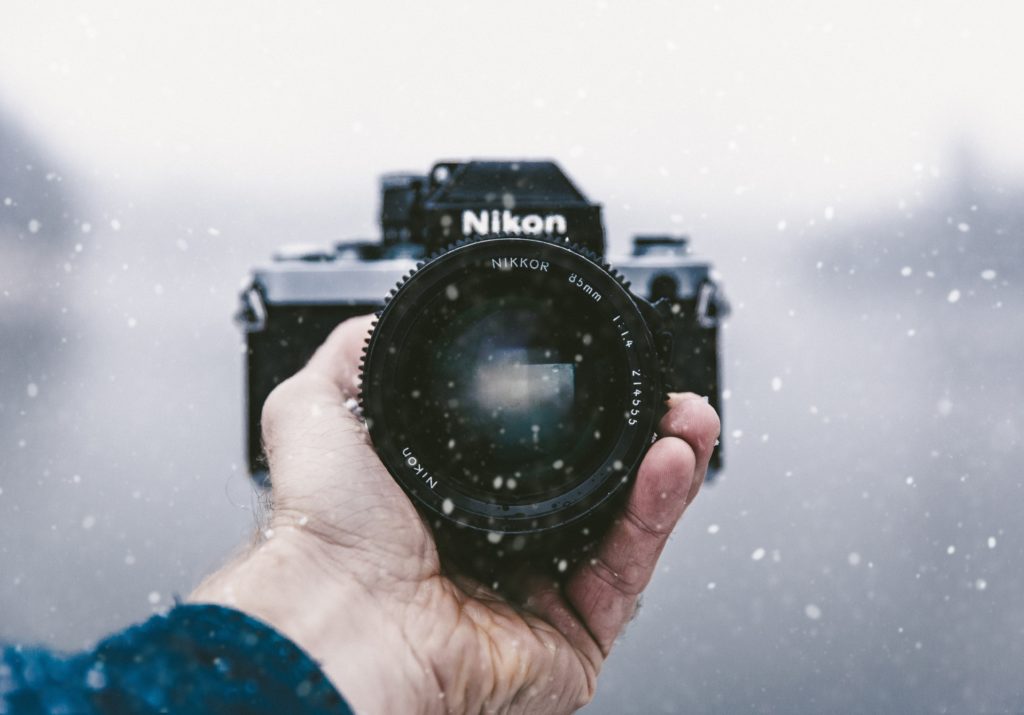
Canon was playing catchup but brought their first professional SLR to market, in the form of the legendary F-1, in 1971. Nikon’s early start led to them dominating the film market through the 70s and early 80s but with Canon always nipping at their heels.
In the early 90s, Canon introduced it’s first white L series professional lenses. The off white colour of these telephoto lenses may be regarded as a technical necessity, or they may be seen as marketing genius. Either way, take a look at any major sports events through the 90s and you will see banks of white lenses, all identifying the photographer as a Canon user.
Moving To Digital
Neither Canon or Nikon was slow to recognise the potential of digital photography. By the first year of the new millennium, both had high-end professional DSLR cameras, Canon with the 1D and Nikon with the D1. Those days were the beginning of the megapixel race, a race that Canon was to lead for some time. They also trumped Nikon in the full-frame race, with the latter doggedly sticking to the APS-C format until mid-2007.
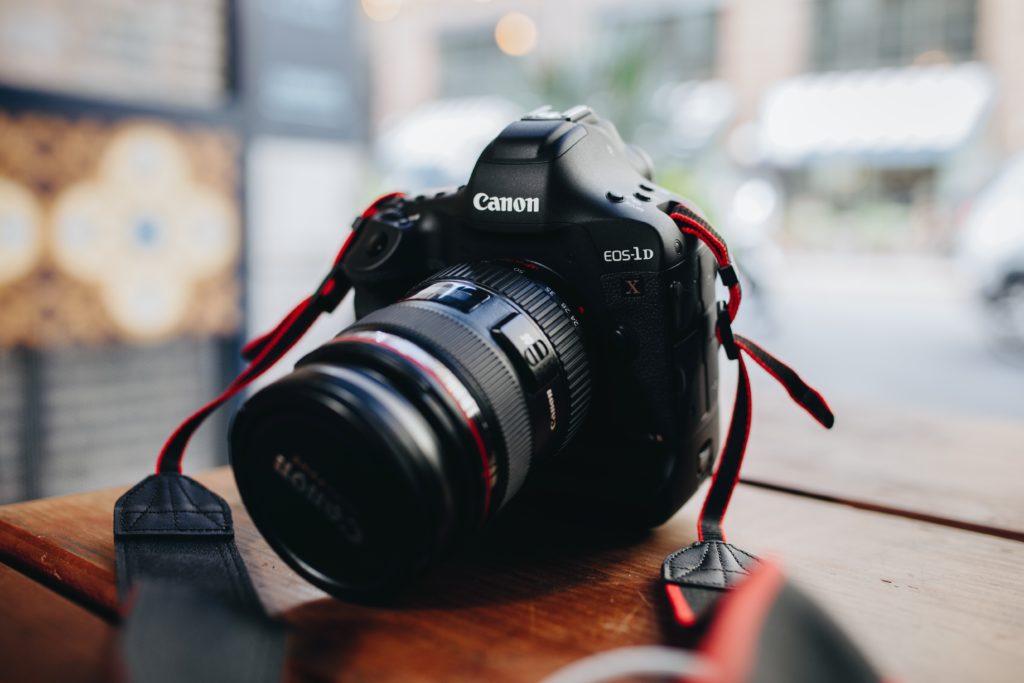
Nikon recovered a significant proportion of their professional market with the D3, a camera that sports photographers nicknamed “black gold”. Despite Canon running away with the megapixels, Nikon stuck to a solid 12mp but in full-frame and with unheard-of quality at ultra-high ISO levels.
For the next several years, Canon and Nikon products were evolutionary rather than revolutionary, both seemingly holding their own in the pro-market.
Then came a new player.
The Rise of Sony
Sony had also been around from the early days of digital. Being a consumer electronics company, their photographic products were themed towards the consumer market. In 2006 they took up a partnership with Konica Minolta, who at that time was still regarded as a highly innovative, if largely unsuccessful, camera company.
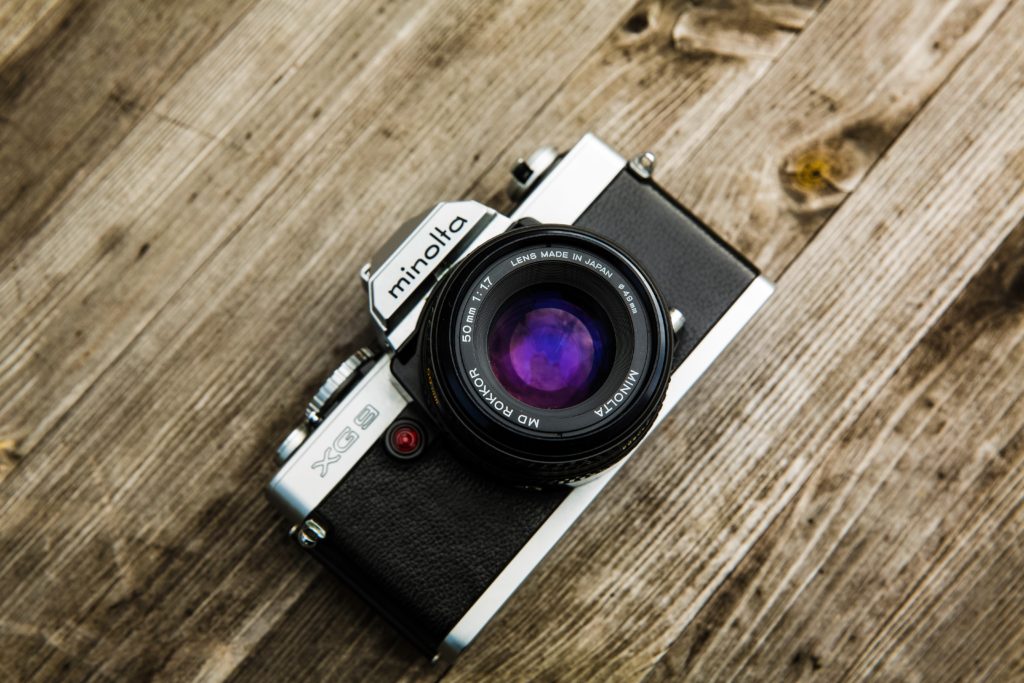
A few months later Konica decided to get out of the camera business altogether. Sony took the opportunity to buy the business and with it, inherited a large number of Minolta patents and innovations.
Sony took their time, slowly building a range of technologically advanced yet fairly consumer-level cameras. Then in 2013, they released the Sony Alpha 7. It was mirrorless, it was full-frame and it had 24mp.
Professionals certainly did not suddenly drop their Canon and Nikon systems and flock to the Alpha 7. Some bought them to use as second cameras, many talked about its quality on YouTube. At the time mirrorless was seen as the poor relation to having a real viewfinder and a proper mirror. The A7, along with some of its peers, helped to change that perception and signalled the rise of the mirrorless system.
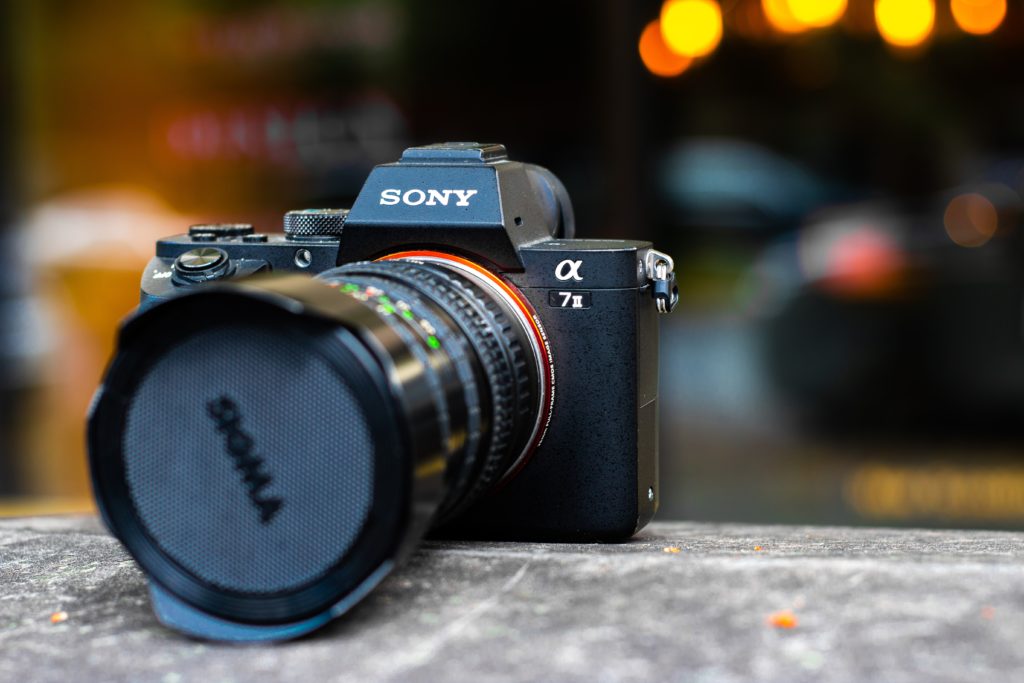
Sony did not rest on their laurels. While the average life cycle of Canon/Nikon professional cameras was 5 or so years, Sony started releasing variants of the A7 every few months. Each variant had incremental technological advances, each variant nibbled away at the advantages that Canon and Nikon pro cameras possessed. More importantly, with each release, the Sony system became more attractive to professional users. But Sony was not the only one doing this.
Fuji And Panasonic Find Their Niches
The Canon EOS 5D MkII revolutionised the video market. It brought full-frame, cinematic video to DSLRs. It was cheap enough for filmmakers to buy into as a second system and for photographers to expand their creativity into the moving image. However, Canon failed to capitalise on this lead and in 2014 Panasonic released the GH4.
The GH4 leapfrogged Canon by introducing many advanced video-specific features the most notable being the ability to shoot Cinema 4K.
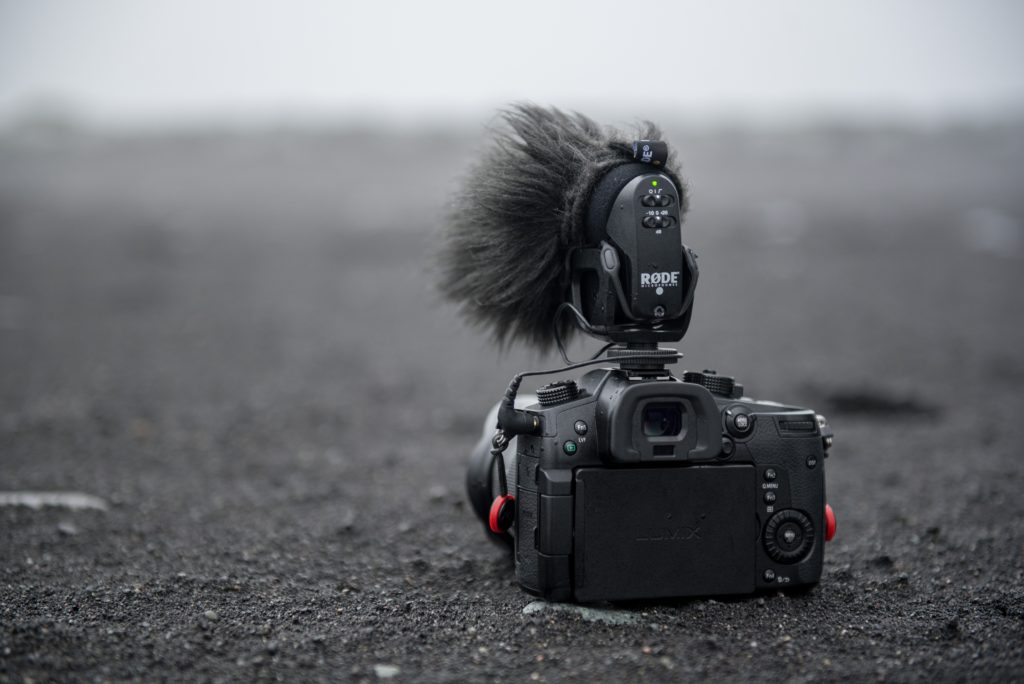
Meanwhile, Nikon’s reputation for ergonomics was being eroded by Fuji’s X series cameras. Despite being advanced mirrorless cameras, Fuji took photographers back to the days of film, not only with chunky dials and aperture rings but also with their colour science based on film products such as Velvia. The Fuji X system became very popular with people photographers such as wedding and portrait specialists.
Slow To Adopt Mirrorless
Both Canon and Nikon have been very slow to adapt to mirrorless systems. Both had half-hearted prosumer attempts, both pretty much failed. It has only been in the last year or so that they have finally launched professional-level mirrorless cameras in the form of the Nikon Z series and the Canon R.
Both of these systems are technologically advanced but neither is revolutionary. They will undoubtedly appeal to enthusiasts and professional photographers alike, however, they are unlikely to pull back those that have moved over to Sony, Fuji and Panasonic. What those three have done is disrupted the market by aiming for very specific niches.
While professional cameras are a relatively small segment of the overall market for system cameras, it is the professional brand that often drives consumer sales. The reason so many consumer sales of film cameras were Nikon or Canon was that they were perceived to be used by professionals.
At the moment, many newcomers to photography still buy into the Nikon/Canon ecosphere but with the rise of the rival brands at a professional level, this is set to change. This, in turn, could lead to Canon and Nikon reducing their shares in the consumer/prosumer market and of course a significant drop in revenue.
At the top, we asked if the Canon/Nikon dominance of professional photography over?
The answer is yes it is.
Sony, Fuji and Panasonic are all taking increasing slices of the relatively small professional pie.
Perhaps the real question that needs to be asked is “Are the days of Nikon and Canon over?” That remains to be seen but I suspect in the next few years we will have an answer.

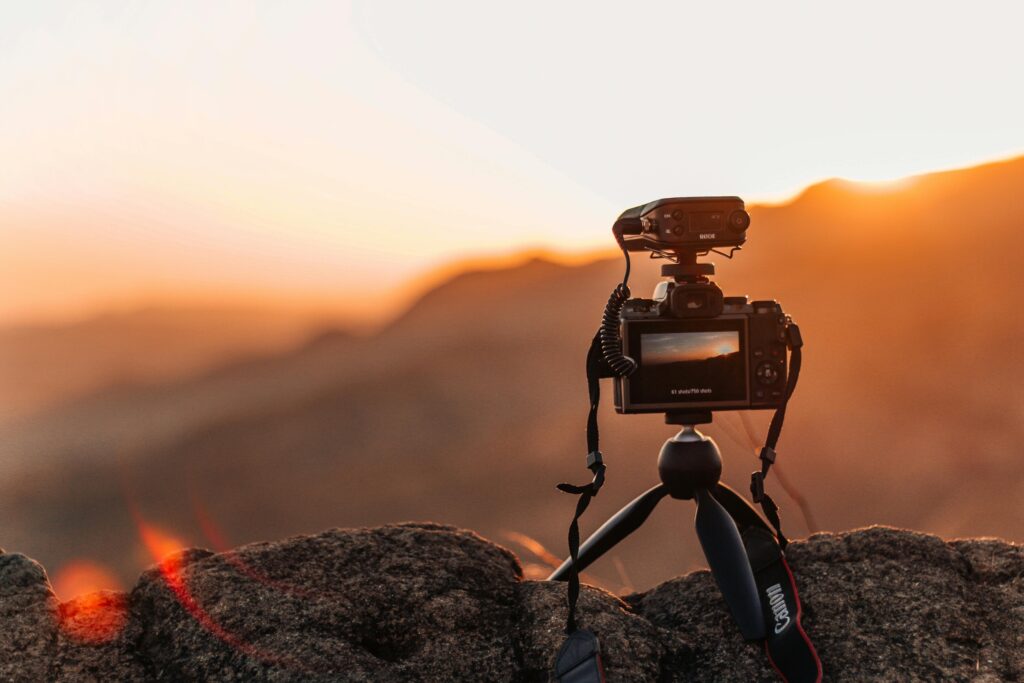
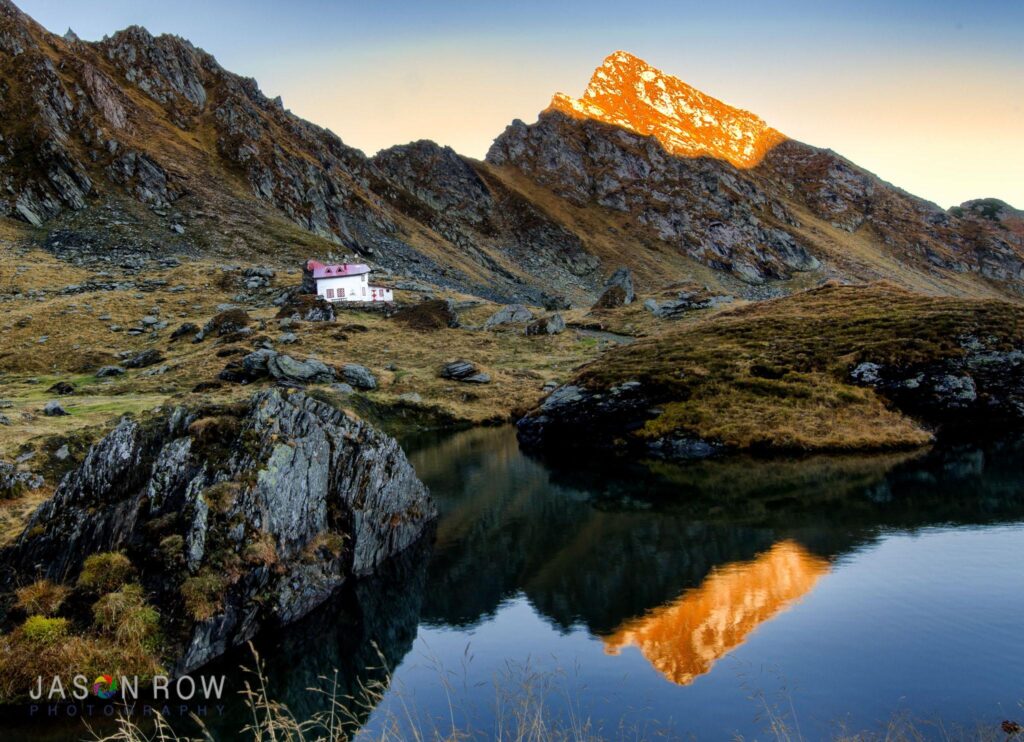
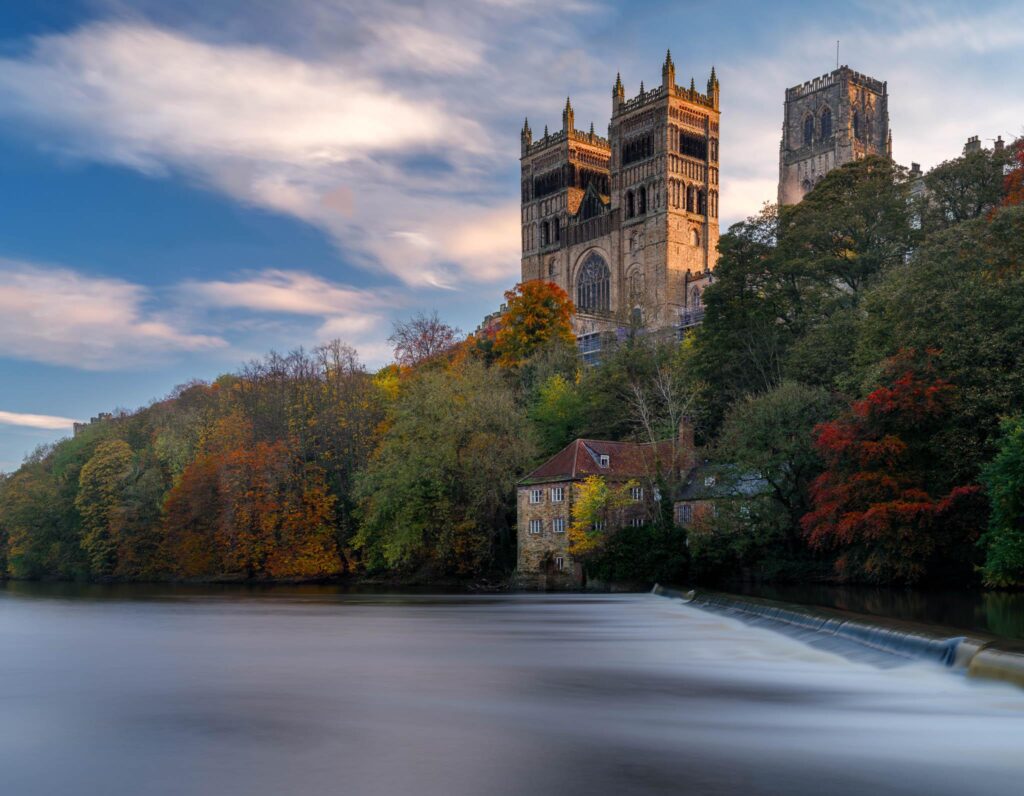

3 Comments
I grew up taking photos in the 1960’s and ’70’s using Nikon; my last was an FTN. I had a good selection of great lenses, and a ring-light (not portable; plug-in wall) for clinical photography. The light died and I needed a new one. Digital had just come out, but Canon jumped in first. I wound up buying my first Canon, a modified Rebel with a portable ring light and it was great. I felt somewhat guilty switching from Nikon to Canon. However, I gave my equipment to our niece who was starting college to become a pro photographer. She was delighted, and so was I, knowing that the equipment was in good hands and would be used further. I progressed and traded up through a series of Canons, now using the 5D MK IV. Recently, I needed a small digital for travel and for situations where the 5D wasn’t practical. I looked at the two latest models of small Canons, which looked good, but had some shortcomings. However, when I looked at the Sony Cyber-Shot DSC-RX 100 VII, there was no comparison. Certainly the Sony is quite a bit more expensive, but the differences seemed to justify the price difference. Glad to see we have more choices. Brand loyalty is to be admired, but shouldn’t lock us in.
I’ve loved Fuji cameras for years, the macro on their bridge cameras was something else. I’m happy for their success even if it means a departure from what I currently want to use and price I want to pay.
My issue with Sony has always been reliability and for me to try their products again it would have to be more than performance but knowing it won’t die the day after the warranty ends.
I’m a Canon pro shooter, mostly because when I turned pro, Canon lenses were the best for the type of photos I take (news and sports). I have stayed with them because they support my work with free loaners and speedy service. But I have no delusions about who is “best”. Each body, each lens, each brand has pros and cons, and “best” is relative to some very subjective criteria at times. It’s like saying Ford is better than GM or vice versa. When you have tens of thousands of dollars invested in gear, it’s really tough to just change brands because one model looks good – this year. Sony has completely failed to support pro photographers and are only now looking at that. There’s more to being a photographer than a brand name.